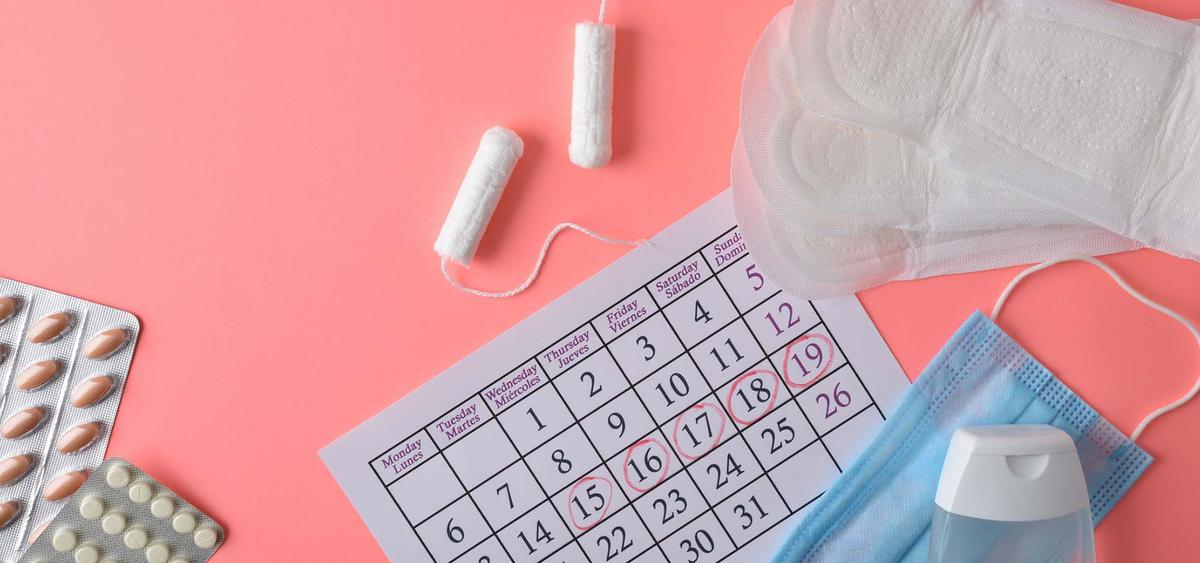Setting Time Priority Higher Than Safety

An analysis of occurrences involving Indian Railways indicates a concerning pattern: performance metrics and timeliness are given precedence over safety procedures. In an attempt to please the public and superiors, this "playing to the gallery" strategy puts excessive pressure on loco pilots, jeopardizing both their welfare and rail safety.
Disciplinary Procedure for Following the Rules
In a recent incident on one of the zonal railways, a loco pilot may have been disciplined for following the speed limit set for a light engine that was assigned to rescue a derelict. Due to a locomotive breakdown, the train had stuck in the middle, and the pilot was only allowed to go at the 15 km/h speed restriction by written permission from the station master. However, the pilot was criticized for not exceeding this speed to reduce delays for passenger trains, highlighting a dangerous precedence where punctuality was deemed more important than adhering to safety regulations. The disciplinary action was only dropped when the case gained attention from the media.
The Overreach of Management and Its Repercussions
An unmanned train comprising of 53 loaded wagons and two diesel locomotives recently rolled out of Kathua station and drove over 70 kilometers without any supervision, posing a serious risk to public safety. The train's increased speed due to the station's constant grade made the issue worse. Fortunately, the train's route across empty lines prevented calamity.
The investigation into this occurrence, which is hidden from public view because of RTI restrictions, points to possible mismanagement. Staff reports state that after finishing their shifts, the loco pilots asked for rest, but they were told to stabilize the train and take a passenger train to another stop. The runaway was caused by the train's hurried stabling on a grade without enough time for securing. Notwithstanding these mitigating circumstances, the Railway's disciplinary and appeal procedures threatened to summarily remove the pilots, the station master, and a pointsman.
A terrible crash and dubious accusations
Fourteen passengers and crew members lost their lives in the Visakhapatnam-Rayagada collision that occurred on October 29, 2023, between the Visakhapatnam-Rayagada and the Visakhapatnam-Palasa passenger. The Commissioner of Railway Safety (CRS) found that the main reasons of defective automatic signaling in some parts were rule violations and operational faults, following a statutory investigation. The Railway Minister later announced in March 2024 that the loco pilots were to fault, claiming that they were distracted from their work because they were watching a cricket match on their phones. This claim was eventually found to be unfounded.
Conflicting Reports and Insufficient Evidence
The claim that the crew was distracted by a cell phone was refuted by the CRS's Preliminary Report. Rather, it emphasized the loco pilot's attentiveness by means of several actions taken in the minutes preceding the crash. In spite of this, the Minister's public remarks promoted the distraction argument and questioned the professionalism of the crew members who died. The Final Report confirmed the preliminary results, and further investigation of mobile data revealed no indication of the purported diversion. This instance exposes a tendency towards scapegoating rather than addressing fundamental concerns, reflecting poorly on the professionalism and sensitivity of the railway administration.
Human Factors Ignored and Systemic Failures
Insufficient Professionalism in the Investigation of Railway Accidents: Every occurrence covered in this article includes loco pilots and has a direct bearing on rail safety, highlighting a widespread problem with Indian Railways management. Rather than addressing the underlying reasons of these safety breaches, the haste to penalize personnel seems to be directed toward projecting a tough posture to various "galleries"—whether it superiors, the Ministry, media, or the public.
Staffing and Workload: It is evident that there are a lot of demands on the current workforce, since there are about 10% openings in the cadre of loco pilots and rising freight volumes. Under these circumstances, achieving high operational performance frequently requires breaking duty hour regulations. There is an urgent need to address the severe safety risks associated with the ensuing weariness and stress.
Duty Hours and Rest: The issue is exacerbated by the pilots' insufficient rest breaks at home stations and their ongoing night shifts, which increase their risk of making mistakes. The aforementioned human aspects highlight the necessity of implementing all-encompassing measures to guarantee the welfare of loco pilots, as doing so is important for preserving rail safety.
The CAG's recommendations to improve safety
- Improve the Monitoring Systems: Provide a reliable monitoring system that uses cutting-edge technologies and completely automated processes to guarantee that maintenance tasks are completed on schedule.
- Respect RRSK Guidelines: When allocating Rashtriya Rail Sanraksha Kosh (RRSK) funding, the railway administration is required to adhere to a set of guiding principles.
- Create Detailed Outcome Frameworks: For every task pertaining to safety, Indian Railways should create a thorough outcome framework.
- Keep to Schedules for Accident Inquiries: Make sure that the appointed times for starting and finishing accident inquiries are strictly adhered to.
In summary
The events that have been narrated highlight a concerning tendency in Indian Railways: performance metrics and timeliness are given precedence over basic safety procedures. This strategy compromises the integrity and professionalism of the railway administration while putting passengers and railway workers in danger. It is critical to address systemic concerns, provide sufficient staffing and rest for loco pilots, and cultivate a culture that truly values safety above surface-level numbers. Indian Railways can only hope to avert such incidents in the future and preserve the confidence and security of its stakeholders by doing this.

